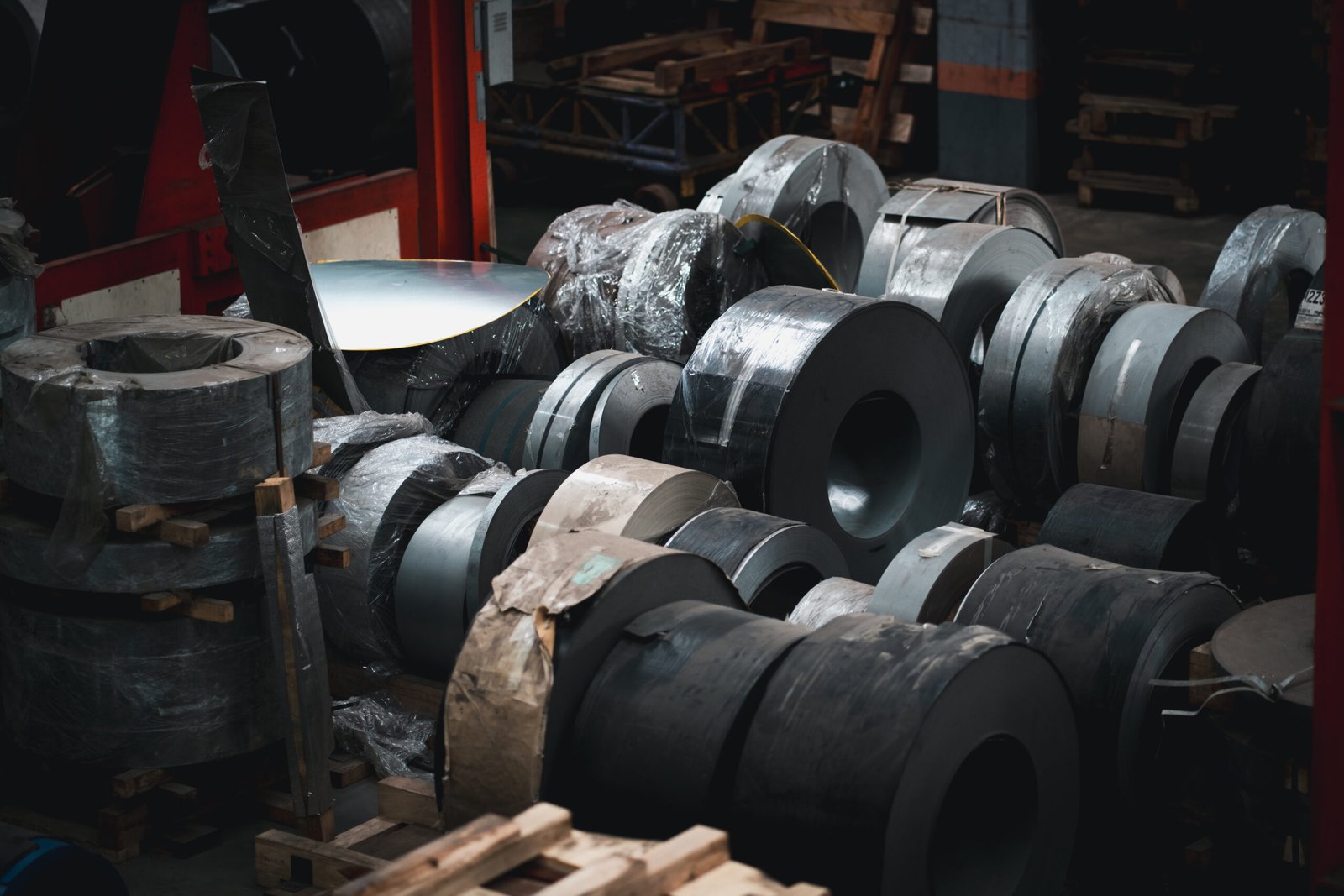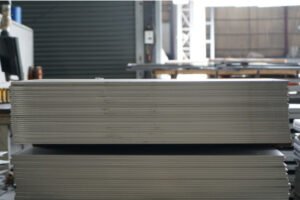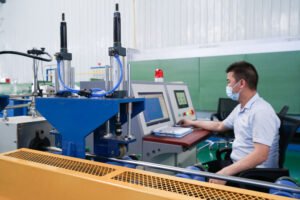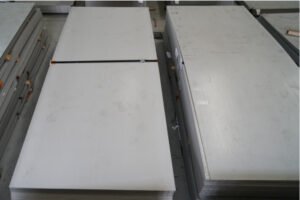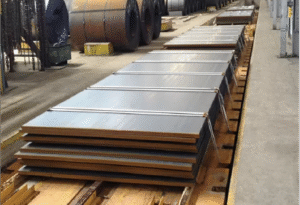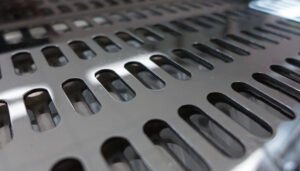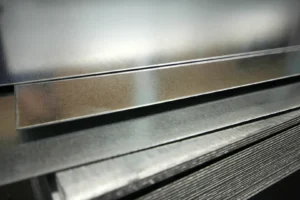Why Correct Welding is Critical for Stainless Steel Plate Strength
A weak weld can compromise an entire project. This single point of failure can lead to catastrophic breakdowns, costing you money and your reputation. Understanding proper welding technique is the key.
Correct welding is critical because it preserves the unique microstructure and corrosion resistance of stainless steel. Improper methods create weak points, reduce mechanical strength, and can lead to premature structural failure, jeopardizing both safety and the longevity of the final product in any application.

As the Global Business Director at MFY, I've seen firsthand how the integrity of a stainless steel structure hinges on the quality of its welds. It's not just about joining two pieces of metal; it's about creating a bond that is as strong, or even stronger, than the parent material itself. This is especially true in demanding industries like construction and manufacturing, where there is no room for error. Let's dive into why this process is so fundamental to the performance of stainless steel plates.
What are the risks of improper welding on stainless steel plate strength?
Overlooking small welding details seems minor. But these seemingly small oversights can lead to major structural risks and hidden vulnerabilities. Identifying these risks is the first step toward true quality control.
The primary risks of improper welding include a significant reduction in tensile strength, increased susceptibility to various forms of corrosion, and the formation of micro-cracks. These weaknesses can culminate in catastrophic structural failure, seriously compromising safety and product lifespan.
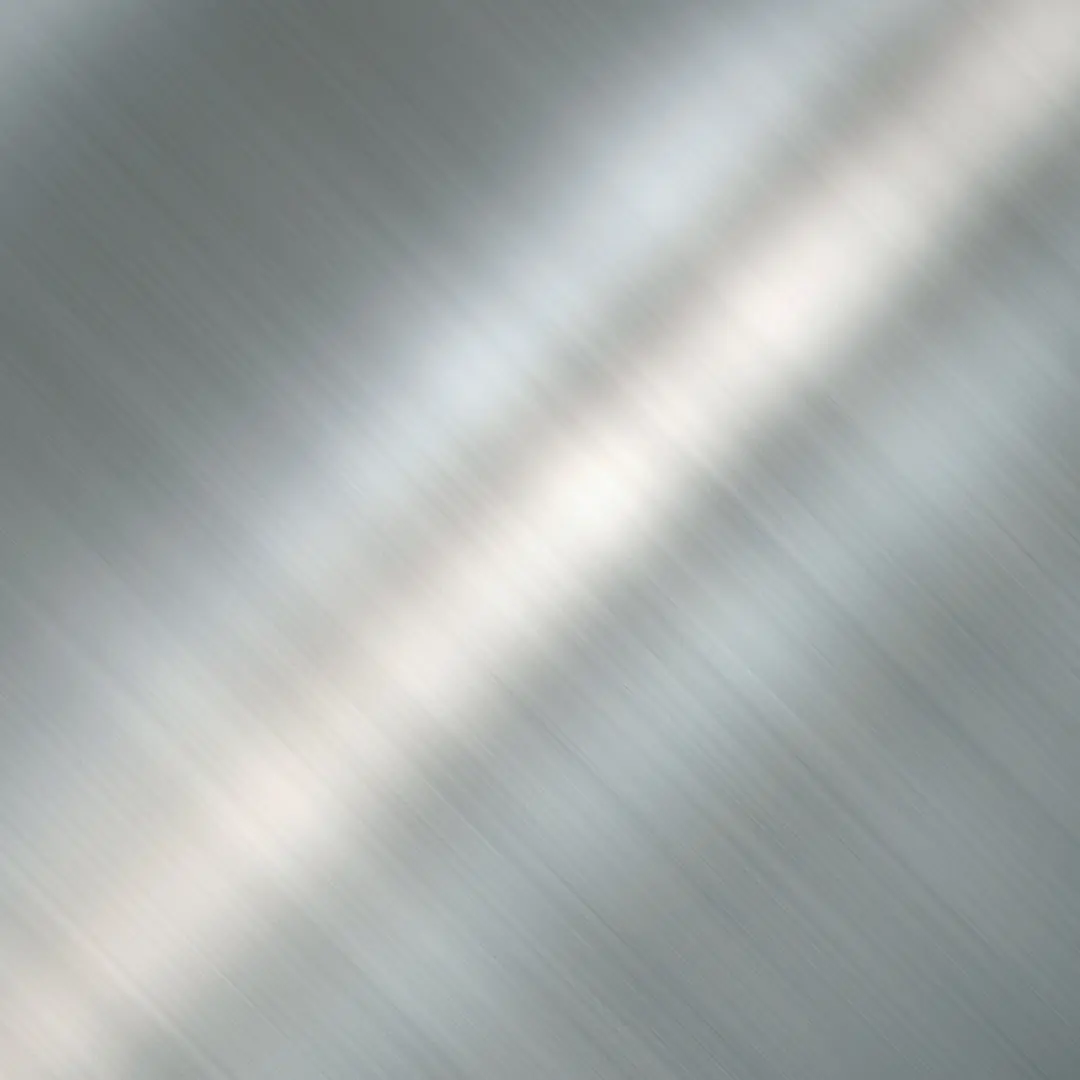
The risks associated with poor welding go far beyond the surface. When stainless steel is welded incorrectly, its fundamental properties are altered at a microscopic level. I remember a case with a client in the chemical processing industry whose storage tank, made from premium 316L stainless steel plates, failed prematurely. The investigation revealed that improper welding had caused carbide precipitation[^1] along the grain boundaries of the weld. This made the area highly susceptible to intergranular corrosion[^2], creating a hidden weakness that eventually led to a leak. This story highlights the critical nature of getting the welding process right from the very beginning.
The Hidden Threat of Microstructural Damage
The real danger lies in the heat-affected zone (HAZ)[^3], the area of base material that has had its microstructure altered by the heat of welding. In this zone, improper temperature control can lead to сенсибилизация[^4], where chromium carbides form and deplete the surrounding area of the chromium needed for corrosion resistance. This creates a pathway for corrosion to attack the material from within, completely undermining the reason you chose stainless steel in the first place. The weld might look fine visually, but it's a ticking time bomb.
Financial and Safety Implications
The consequences are not just technical; they are financial and safety-related. A failed component can lead to production downtime, costly repairs or replacements, and in the worst-case scenario, serious accidents. For industries bound by stringent safety and quality standards, a single bad weld can result in a loss of certification, reputational damage, and significant liability.
| Weld Characteristic | Proper Weld (Strong & Reliable) | Improper Weld (Weak & Risky) |
|---|---|---|
| Strength | Matches or exceeds parent material | Significantly weaker than parent material |
| Устойчивость к коррозии | Maintained across the entire surface | Compromised, especially in the HAZ |
| Внешний вид | Smooth, uniform bead with no defects | Discolored, porous, cracked, or undercut |
| Longevity | Ensures long-term structural integrity | Prone to premature failure under stress |
How does incorrect welding technique affect the integrity of stainless steel plates?
You specify the right material, but the wrong method is used. This simple mistake negates the steel's inherent benefits, creating a weak link. Understanding how technique affects integrity protects your entire investment.
Incorrect techniques, such as excessive heat input, wrong travel speed, or improper filler material selection, directly alter the steel's crystalline structure. This creates weak points, reduces corrosion resistance, and introduces internal stresses that severely compromise the plate's overall integrity.
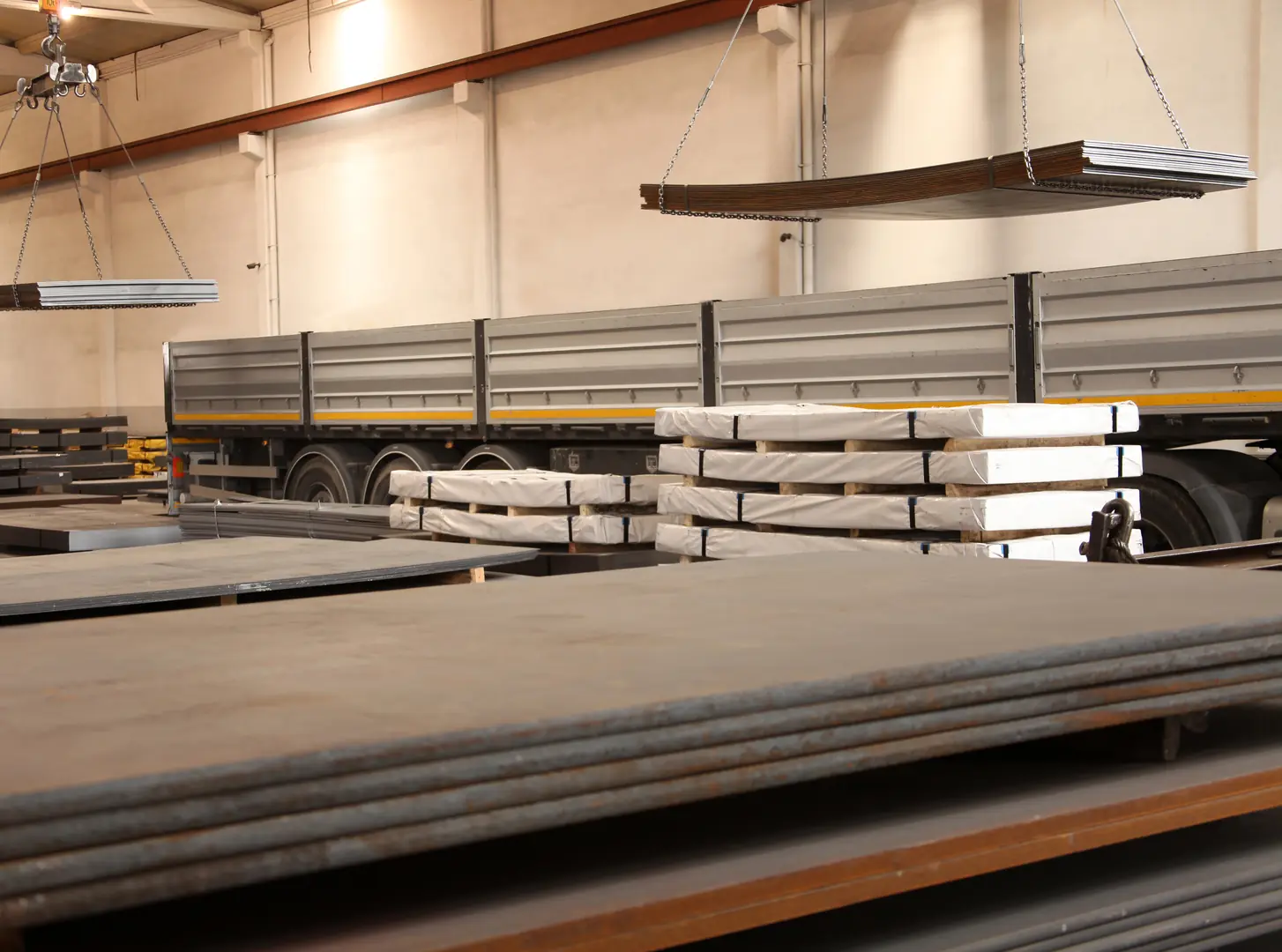
The technique is just as important as the material. Stainless steel's strength and corrosion resistance come from a very specific, stable microstructure. The goal of any welding technique should be to disturb this structure as little as possible. When a welder uses too much heat or moves too slowly, they are essentially "overcooking" the steel. This excessive heat input widens the heat-affected zone and promotes the formation of undesirable phases in the metal, which can make it brittle and susceptible to cracking under load. It's a delicate balance; you need enough heat to create a strong fusion, but not so much that you destroy the properties that make stainless steel so valuable.
The Problem with Heat Input and Cooling Rates
One of the most critical factors is the control of heat input and the subsequent cooling rate. Stainless steel has lower thermal conductivity[^5] and higher thermal expansion than carbon steel. This means heat stays concentrated near the weld, and the material is more prone to distortion and warping. Rapid, uncontrolled cooling can also be detrimental, as it can trap stresses within the material and lead to cracking. Proper technique involves managing amperage, voltage, and travel speed to deliver the right amount of energy for a strong bond without causing thermal damage.
The Crucial Role of Filler Metals
Another common technical error is the selection of the wrong filler metal. The filler rod or wire must be chemically compatible with the base stainless steel plates being joined. Using an incorrect filler can lead to a weld that is chemically unstable, lacks the required strength, and has poor corrosion resistance. For example, using a 308 filler on a 316L plate might create a strong initial bond, but it won't have the molybdenum content required to resist pitting corrosion, defeating the purpose of using 316L. At MFY, we always guide our partners on selecting the precise filler materials to match our stainless steel grades, ensuring the weld meets or exceeds the specifications of the plate itself.
What are the common mistakes in welding stainless steel plates?
Even the most experienced welders can make mistakes. These common, often-repeated errors can be costly and dangerous to overlook. Knowing what they are is the best way to avoid them.
Common mistakes include using the wrong filler metal, applying excessive heat, providing poor gas shielding which leads to contamination, and failing to properly clean and prepare the joint. These errors directly result in weak, brittle, or corrosion-prone welds.
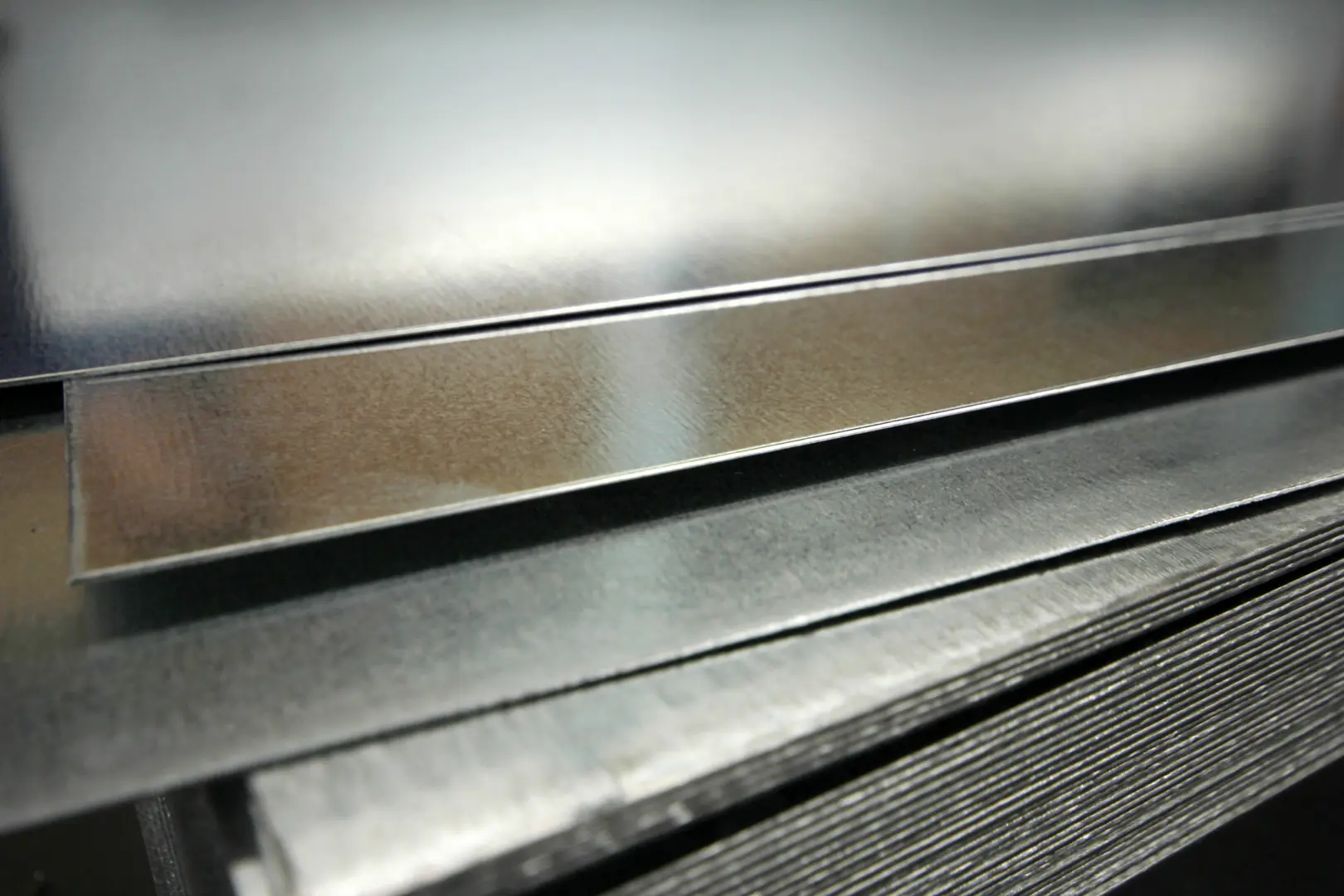
Over my years in the industry, I've seen a few common mistakes repeated across projects and regions. These aren't necessarily from a lack of skill, but often from a lack of specific knowledge about the nuances of stainless steel. One of the most frequent and damaging mistakes is inadequate gas shielding. I recall a project in Southeast Asia where a team was experiencing repeated weld failures. After a quick review, we found their TIG welding setup had a minor leak in the gas line. This allowed atmospheric oxygen and nitrogen to contaminate the molten weld pool, resulting in porosity and a brittle, oxidized weld. It was a simple fix, but it had caused weeks of delays and costly rework. This proves that even the smallest details matter.
Ignoring Meticulous Cleaning
Stainless steel must be impeccably clean before welding. Any grease, oil, paint, or dirt left on the surface will be burned into the weld, introducing carbon and other impurities that severely degrade its corrosion resistance and strength. The tools used for cleaning, like wire brushes, must also be dedicated solely to stainless steel to avoid cross-contamination from carbon steel, which leads to rust.
Poor Joint Preparation
A strong weld starts with a properly prepared joint. Incorrect bevel angles, root gaps that are too large or too small, and misaligned plates all contribute to a weak final product. A poorly fitted joint requires excessive filler metal and heat to bridge the gap, increasing the risk of distortion and creating a weld that is not structurally sound.
Simple Checklist to Avoid Common Errors
| Пункт контрольного списка | Action Required | Почему это важно |
|---|---|---|
| Material Cleaning | Use dedicated stainless steel brushes and acetone/degreaser. | Prevents contamination and ensures a pure weld. |
| Filler Metal Match | Double-check that the filler alloy matches the base plate grade. | Guarantees chemical compatibility and performance. |
| Gas Shielding | Ensure proper flow rate and no leaks in the gas lines. | Protects the molten weld pool from atmospheric contamination. |
| Heat Input Control | Use the lowest possible amperage and fastest travel speed for the job. | Minimizes the heat-affected zone and prevents distortion. |
| Post-Weld Cleaning | Remove all slag and heat tint (discoloration) after welding. | Restores the passive layer and maximizes corrosion resistance. |
What solutions exist to improve welding practices for stainless steel?
Manual welding has inherent human inconsistencies. This variability in skill and focus can put quality and project timelines at risk. Modern technology and targeted training offer powerful, reliable solutions.
Key solutions include adopting advanced technologies like automated robotic and laser welding for superior precision and consistency, implementing rigorous welder training and certification programs, and utilizing non-destructive testing (NDT) to verify weld quality.

The future of high-integrity stainless steel fabrication is moving towards reducing human error and increasing repeatability. While a skilled welder is an artist, industrial-scale production demands a level of consistency that can be challenging to maintain manually across thousands of welds. This is where technology becomes a game-changer. At MFY, we are constantly exploring how advancements can help our clients improve their operational resilience. We see a clear trend towards automation, not to replace skilled workers, but to empower them to focus on more complex tasks while robots handle the repetitive, high-precision welds. This synergy between human expertise and machine precision is the most effective solution for achieving flawless results at scale.
The Rise of Automation and Laser Welding
Automated systems, such as robotic MIG or TIG welding cells, can be programmed to execute the perfect weld every single time. They control all variables—travel speed, arc length, wire feed, and heat input—with a precision that is simply not possible by hand. This leads to dramatically improved quality and productivity. Furthermore, laser welding is an increasingly accessible solution. It offers a very low heat input and a highly focused energy beam, which creates a deep, narrow weld with a tiny heat-affected zone. This is ideal for thin stainless steel plates where minimizing distortion is paramount.
The Power of Continuous Education
Technology is only half of the solution. The other half is investing in people. We strongly advocate for continuous education and certification for welding teams. The standards and techniques for welding new and advanced stainless steel alloys are constantly evolving. A team that is up-to-date on the latest best practices is an invaluable asset. This includes training not just on the welding itself, but also on material handling, pre-weld preparation, and post-weld inspection techniques, creating a culture of quality throughout the entire fabrication process.
What are the best practices for ensuring strong and reliable welds on stainless steel plates?
You need consistent, reliable results every time. Inconsistency can damage your reputation and your bottom line. Following a clear, disciplined set of best practices is the only way to guarantee success.
Best practices include meticulous pre-weld cleaning and joint preparation, precise control of heat input, using the correct inert shielding gas, selecting the appropriate filler metal for the stainless grade, and performing post-weld cleaning to restore the protective passive layer.

Ultimately, achieving a perfect weld comes down to discipline and process. There are no shortcuts. The best practices are not secrets; they are a series of logical steps that, when followed rigorously, guarantee a strong and reliable outcome. Think of it as a recipe: if you miss an ingredient or rush a step, the final dish will be compromised. At MFY, we consider these practices to be a core part of the value we offer. We don't just supply high-quality stainless steel plates; we partner with our clients to ensure they have the knowledge to transform those plates into durable, high-performance products.
Pre-Weld Preparation is Non-Negotiable
This is the foundation of a good weld. Before an arc is ever struck, the material must be ready. This means the surface must be free of all contaminants, and the joint must be precisely cut and fitted. Any time spent here is an investment that pays dividends in weld quality and reduces the need for costly rework later.
Control the Process, Control the Outcome
During welding, every variable matters. The welder must maintain a consistent travel speed, a stable arc length, and the correct torch angle. The parameters on the welding machine—amperage and voltage—must be set precisely for the material thickness and joint type. Using back-purging with argon gas on the reverse side of the weld is also a critical best practice for full penetration welds, as it prevents oxidation and ensures the corrosion resistance is maintained through the full thickness of the material.
Post-Weld Cleaning and Inspection
The job isn't finished when the welding stops. The heat tint, or discoloration, that forms near the weld must be removed. This discolored layer has poor corrosion resistance. Mechanical cleaning (with a dedicated stainless steel brush) followed by chemical pickling and passivation[^6] is often required to fully remove the damaged surface layer and restore the chromium-rich passive film that gives stainless steel its signature properties. Finally, a thorough visual inspection, often supplemented by non-destructive testing methods like dye penetrant or radiographic testing, provides the final verification of a successful weld.
Заключение
Proper welding is not merely a fabrication step; it is a critical investment in the strength, safety, and longevity of any stainless steel project. From material selection to final inspection, every detail contributes to an outcome that ensures performance and protects your reputation in a competitive global market.
У вас есть вопросы или нужна дополнительная информация?
Свяжитесь с нами, чтобы получить индивидуальную помощь и квалифицированный совет.
